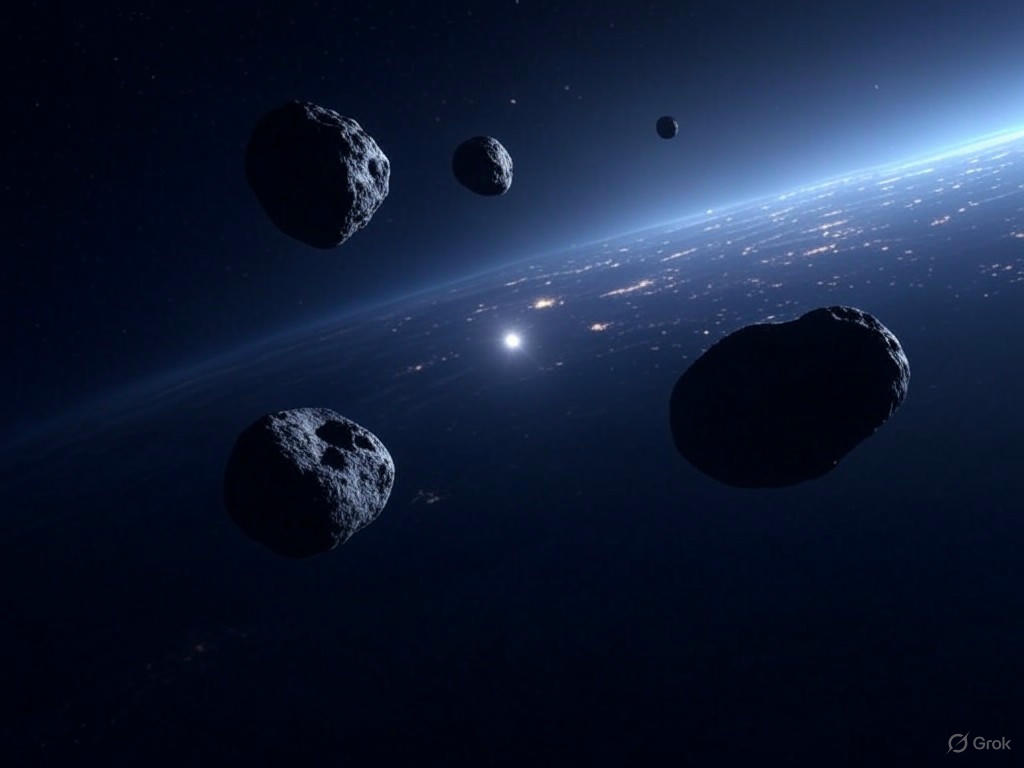In the vast expanse of our solar system, a silent danger lurks near our neighboring planet, Venus. Recent scientific simulations have unveiled the existence of a swarm of undetected asteroids, often referred to as ‘co-orbital’ objects, sharing Venus’ path around the Sun. These space rocks, hidden from our current observational capabilities, could potentially pose a significant threat to Earth in the distant future. While the likelihood of an immediate collision remains low, the findings have sparked renewed interest in bolstering our planetary defense systems and deepening our understanding of near-Earth objects.
These co-orbital asteroids are particularly concerning due to their elusive nature. Unlike more easily tracked asteroids in the main belt between Mars and Jupiter, these rocks orbit in a synchronized dance with Venus, making them difficult to spot with traditional telescopes. Scientists utilized advanced computer models to simulate the trajectories of these hidden bodies, revealing that gravitational perturbations—slight nudges from other planets or cosmic forces—could eventually push some of them onto a collision course with Earth. Dubbed ‘city killers’ due to their potential to cause catastrophic damage on a regional scale, these asteroids range in size from a few hundred meters to over a kilometer in diameter. A strike from even one such object could unleash energy equivalent to millions of nuclear bombs, reshaping landscapes and disrupting civilizations.
The research, inspired by cutting-edge studies in planetary dynamics, emphasizes that while the threat is not imminent, it is far from negligible. Over millennia, the chaotic nature of orbital mechanics means that what seems stable today could become hazardous tomorrow. This unpredictability underscores the importance of vigilance. Space agencies worldwide are already working on missions to better catalog near-Earth objects, but the unique positioning of Venus’ co-orbital asteroids presents a fresh challenge. Their proximity to the Sun often shrouds them in glare, complicating detection efforts. Innovative solutions, such as space-based observatories or advanced radar systems, may be necessary to pierce this veil of invisibility and map out these potential dangers.
As humanity looks to the stars, the reminder of our vulnerability to cosmic threats grows ever clearer. The asteroids near Venus are a wake-up call, urging us to invest in technology and international collaboration to safeguard our planet. While we may not face an asteroid apocalypse in our lifetimes, preparing for such eventualities is a responsibility we owe to future generations. Efforts like NASA’s DART mission, which successfully tested asteroid deflection in 2022, are steps in the right direction, but much more needs to be done. By expanding our gaze beyond the obvious and tackling these hidden hazards, we can hope to avert disaster. For now, the invisible swarm near Venus remains just that—a distant specter. Yet, it serves as a powerful reminder that in the cosmic arena, complacency is not an option.
